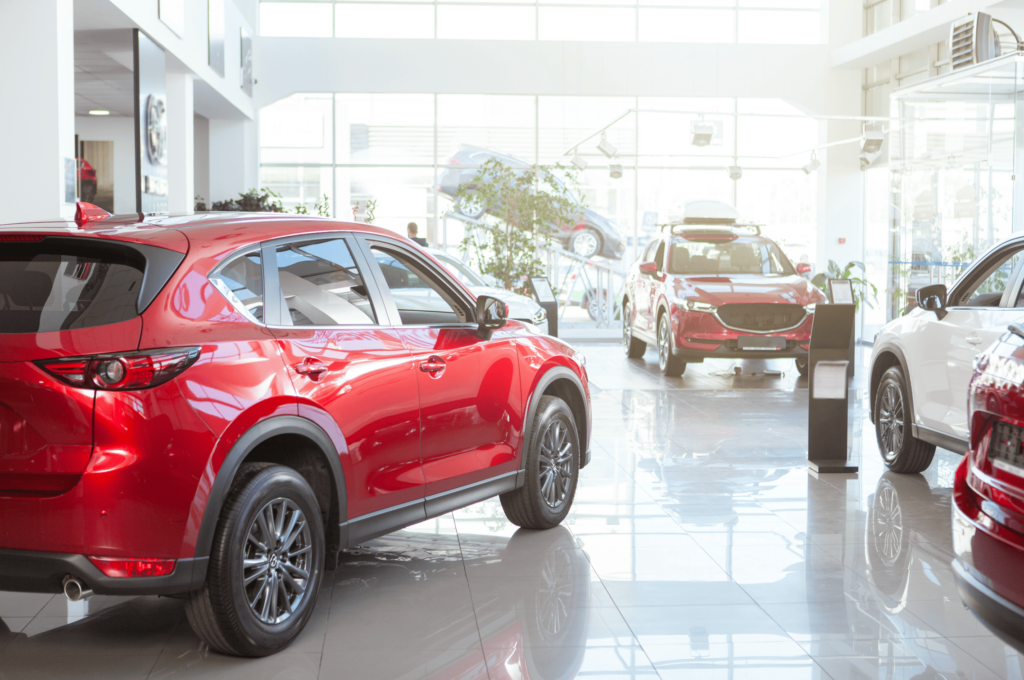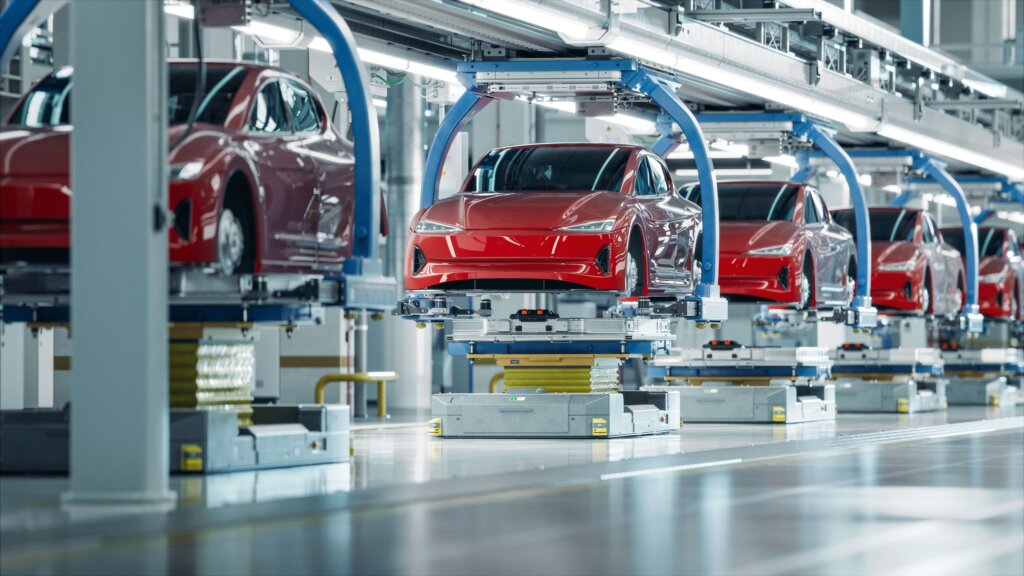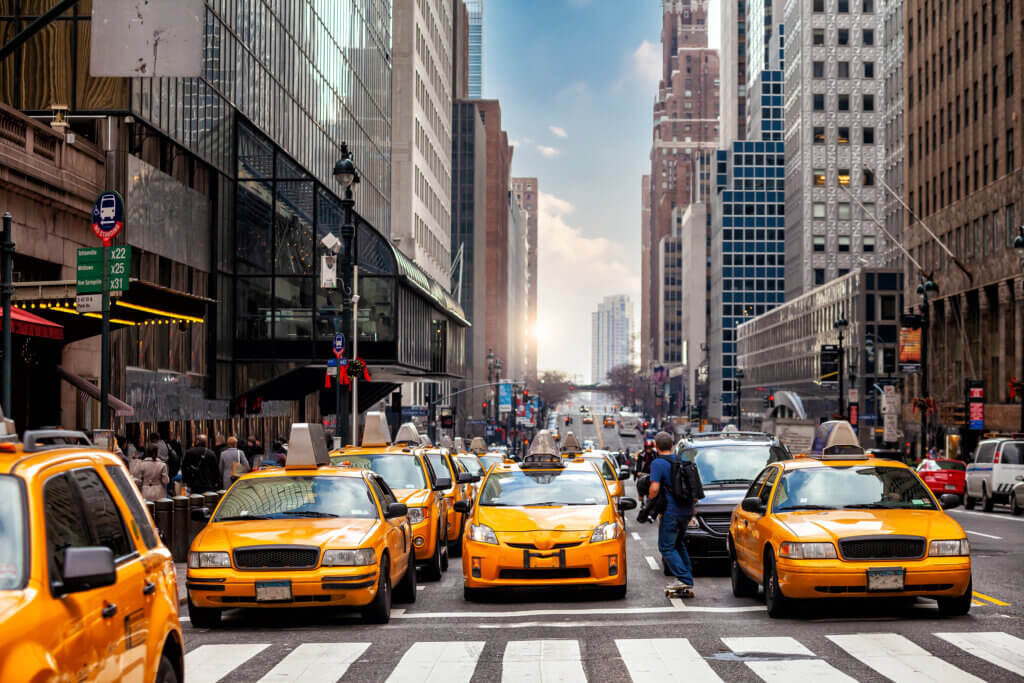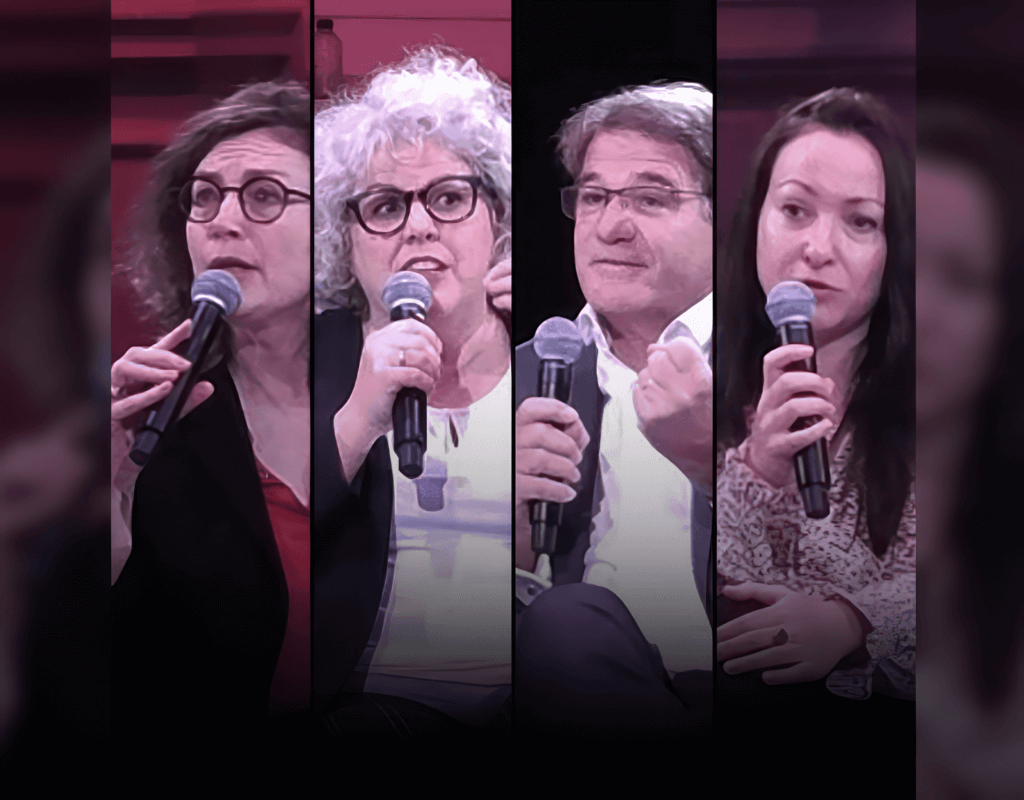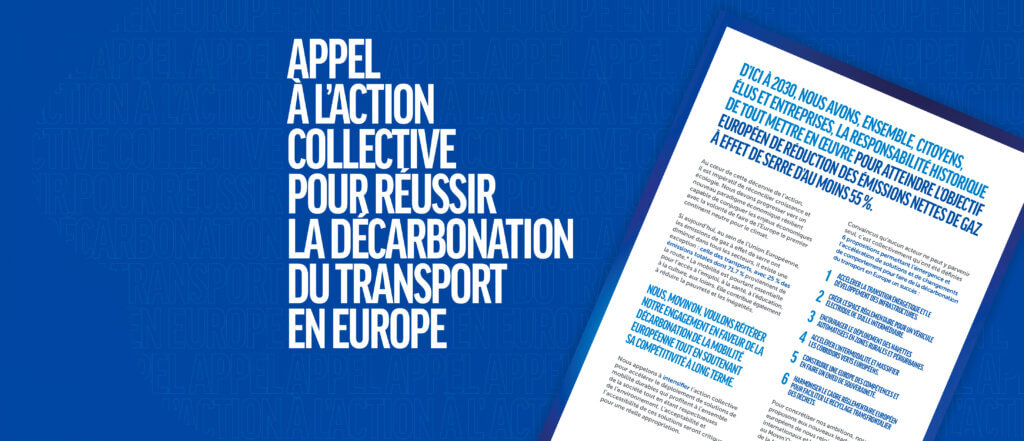Bridge Crash Closes No. 1 U.S. Auto Shipping Port
It was 1:30 on the morning of Tuesday, March 26, 2024 when a loaded cargo ship leaving the Port of Baltimore lost power and struck the Francis Scott Key Bridge on Interstate Highway 695, causing the 1.6 mile-long span to collapse into the Patapsco River, and triggering automotive supply chain disruptions that, at worst, could last for months.

“It’s too early to say what impact this incident will have on the auto business, but there will certainly be a disruption,” John Bozzella, CEO of the auto industry trade group Alliance for Automotive Innovation, said. “Baltimore is the No. 1 automobile port in the U.S., and we’re in touch with federal officials to help them understand the scale of automotive operations there.”
The four-lane bridge, used by some 30,000 vehicles a day, is now a mass of broken metal blocking the river – and impeding vehicle import-export trade. Until now, the Port of Baltimore has been the top U.S. shipping hub for vehicles, but the bridge crash has closed the port to vessel traffic until further notice, although it remains open for trucks.
As the Dali left the Port of Baltimore under pilotage, heading for Colombo, Sri Lanka, with an all-Indian crew, the 1,000-foot-long Singapore-flagged container ship lost power and struck a primary support column of the bridge. Built in 1977, upon impact the bridge broke into pieces.
Moments before the crash, the ship issued a mayday call, giving Maryland Transportation Authority police time to halt traffic on both sides of the span, saving lives. The crew and pilots are safe, and two survivors were pulled from the river, but all hope for more rescues is at an end. Six repaving workers fixing potholes on the bridge at the time of the incident were hurled into the water. They are presumed dead after search and rescue operations ended Tuesday night.
The Key Bridge over the Patapsco River provided a crucial transport link connecting four major Eastern cities: Baltimore and Washington, DC, with Philadelphia and New York to the north.
President Biden, who hails from the neighboring state of Delaware, says he has traveled that highway “many, many” times. He announced that the federal government will cover the costs of rebuilding the bridge.
“It’s my intention that the federal government will pay for the entire cost of reconstructing that bridge,” Biden said Tuesday. “I expect Congress to support my effort.”
And Biden directed that the Port of Baltimore be reopened swiftly.
“IT’S THE TOP PORT IN AMERICA FOR BOTH IMPORTS AND EXPORTS OF AUTOMOBILES AND LIGHT TRUCKS. AROUND 850,000 VEHICLES TO THROUGH THAT PORT EVERY SINGLE YEAR, AND WE’RE GOING TO GET IT UP AND RUNNING AGSIN AS SOON AS POSSIBLE.” – President Joe Biden, March 26, 2024
When asked if the owners of the ship that struck the bridge should pay for any of the costs, Biden replied, “We’re not going to wait for that to happen.”
Costly Bridge Rebuild Expected
Rebuilding will be a lengthy process, officials agree, and the port closure is expected to impact shipment of all kinds of vehicles into and out of the United States.
“This is an important port for both imports and exports, and it’s America’s largest vehicle-handling port, which is important not only for car imports and exports, but also for farm equipment,” Secretary of Transportation Pete Buttigieg said at a White House news conference Wednesday after meeting with President Biden.
“There is no question that this will be a major and protracted impact to supply chains,” Buttigieg said.
Federal officials told Maryland lawmakers Tuesday that it could cost at least $2 billion to rebuild the bridge.
Secretary Buttigieg told reporters at the White House that the federal government has about $950 million in an emergency fund that could be used. But further action from Congress will be needed, and any effort to hold the ship’s owners accountable would happen separately, he said.
Biden has directed federal agencies to handle the situation with his characteristic “whole-of-government” response. The Coast Guard has set up a unified command, and the Department of Transportation, U.S. Army Corps of Engineers, the FBI, the National Transportation Safety Board, and the Federal Highway Administration are all on the ground supporting state and local authorities in their recovery and rebuilding efforts.
Vice Admiral Peter Gautier, deputy commandant for operations for the U.S. Coast Guard, came out of the Oval Office meeting with some of the first hard facts that have been made public about the recovery and rebuilding operation.
“Consistent with the President’s direction to get the port up and running as soon as possible, the Coast Guard highest priority now is restoring the waterway for shipping, stabilizing the motor vessel Dali and removing it from the site, and coordinating a maritime casualty investigation under the leadership of the National Transportation and Safety Board,” Vice Admiral Gautier told reporters.
The Coast Guard has established a safety zone for all navigable waters of the Chesapeake Bay within a 2,000 yard radius around the Francis Scott Key Bridge.
“In terms of continuing to stabilize the vessel, mitigating any pollution threat, and removing the vessel from the area, the vessel is stable, but it still has over 1.5 million gallons of fuel oil and lube oil onboard,” Gautier said.
“It does have 4,700 cargo containers on board; 56 of those contain hazardous materials and two are missing overboard. The ones that are in the water do not contain hazardous materials. And then, around 13 or so on the bow of the ship were damaged as the bridge collapsed and it impacted the front of that ship,” the vice admiral said.
“So, the Coast Guard has moved aggressively to board the vessel, and we have teams on board. The responsible party, the ship operator, has mobilized, activated their marine salvage plan, in addition to their marine pollution response plan – both things that are required by the United States Coast Guard. That salvor is Resolve Marine Incorporated, and they have begun mobilizing resources to take the next steps appropriate to refloat the vessel and remove it from that area,” Gautier said.
Until this crash, the Port of Baltimore was thriving, setting cargo records, generating about 15,300 direct jobs, with nearly 140,000 jobs linked to port activities.
Last year, the Port of Baltimore handled 847,158 cars and light trucks, the 13th consecutive year it has led all other U.S. ports in that commodity.
“The Port of Baltimore is a key component in Maryland’s transportation network,” said Maryland Department of Transportation Secretary Paul Wiedefeld. “Our strong highway and rail infrastructure network, coupled with the port’s great labor force and strong regional supply chain, allows us to move goods efficiently and get them to consumers quickly.”
But Wiedefeld made that remark on February 23, 2024, while announcing that the port had handled a record 52.3 million tons of foreign cargo worth $80 billion in 2023. How quickly things can change.
“This is a unique circumstance,” said Secretary Buttigieg. “I do not know of a bridge that has been constructed to withstand a direct impact from a vessel of this size.”
But corporations can be nimble in the face of unavoidable restricted shipping like this. MarineTraffic indicates that in the past 48 hours up to 14 vessels have signaled a change in destination. Among them are two vehicle carriers, the RCC Classic and the Grand Torino, ships that have now changed their destinations from Baltimore to the Port of Wilmington, North Carolina.
And automobile manufacturers are quickly making adjustments to cope with the changing circumstances.
General Motors said in a statement, “We expect the situation to have minimal impact to our operations. We are working to re-route any vehicle shipments to other ports.”
Ford Chief Financial Officer John Lawler told Bloomberg News, “We’ll have to divert parts to other ports… It will probably lengthen the supply chain a bit.”
Other East Coast ports that might handle rerouted vessels are the Port of New York and New Jersey to the north, and the Port of Savannah in Georgia to the south.
But, even so, America has lost one of its great bridges, Secretary Buttigieg said, pledging to raise the Francis Scott Key Bridge once again.
“THIS IS ONE OF THE CATHEDRALS OF AMERICAN INFRASTRUCTURE. IT HAS BEEN PART OF THE SKYLINE OF THIS REGION FOR LONGER THAN MANY OF US HAVE BEEN ALIVE. THE PATHE TO NORMALCY WILL NOT BE EASY. IT WILL NOT BE QUICK. IT WILL NOT BE INEXPENSIVE, BUT WE WILL REBUILD TOGETHER.” –Pete Buttigieg, U.S. Secretary of Transportation, March 27, 2024
Toute l’actualité de Movin’On
dans votre boîte mail
Auteur
Partager
Tweets de @movinonconnect
Movin'On 2035 TODAY EP02 - Circular Economy & Competitivity
Movin’On 2035 TODAY EP01 – Fair Mobility for All https://x.com/i/broadcasts/1yNxagBrWZbGj
✨ THAT'S A WRAP!
Movin'On Summit 2024 has just concluded in Brussels!
More than 350 leaders and experts in sustainable mobility gathered to exchange ideas, collaborate, and share their vision for desirable and decarbonised mobility in Europe. Together, we explored ways to build…
🔴 Live from #MovinOnSummit2024
@AshaSumputh has just invited Denis Machuel, CEO at @AdeccoGroup and Florent Menegaux, President of the @Michelin Group & President of Movin'On
L’actualité de la mobilité durable
Découvrez les dernières tendances, des analyses thématiques et nos prochains rendez-vous


